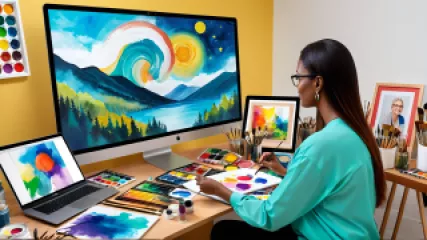My Journey to Mastering Assertiveness Training Techniques
vor 1 Jahr
Training zur Durchsetzungsfähigkeit
10 Alternative Therapies to Boost Your Well-Being
vor 1 Jahr
Alternative Therapien
The Psychology Behind Successful Brand Perception
vor 1 Jahr
Markenpsychologie
Lessons from 'Fight Club' on the Psychology of Brands
vor 1 Jahr
Markenpsychologie
10 Simple Wellness Activities to Relieve Stress
vor 1 Jahr
Stressabbau-Aktivitäten
My Journey to Developing Assertiveness as a Youth
vor 1 Jahr
Training zur Durchsetzungsfähigkeit
Managing Bipolar Disorder: A Step-by-Step Guide to Teletherapy Options
vor 1 Jahr
Bipolare Störung
What the Movie 'Laughter Club' Can Teach Us About the Psychology of Laughter
vor 1 Jahr
Psychologie des Lachens
My Creative Therapy Journey: Rediscovering Passion and Purpose
vor 1 Jahr
Kreative Therapie
How to Harness the Power of Laughter in Your Life: A Step-by-Step Guide
vor 1 Jahr
Psychologie des Lachens
How to Host Virtual Art Therapy Sessions
vor 1 Jahr
Kreative Therapie
What Are the Best Therapy Options for Bipolar Disorder?
vor 1 Jahr
Bipolare Störung
Key Research Findings on Assertiveness Training
vor 1 Jahr
Training zur Durchsetzungsfähigkeit
Effective Stress Reduction Strategies: Research Summary
vor 1 Jahr
Stressabbau-Aktivitäten
Effective Strategies for Managing Compulsive Behaviors
vor 1 Jahr
Zwanghaftes Verhalten verstehen















